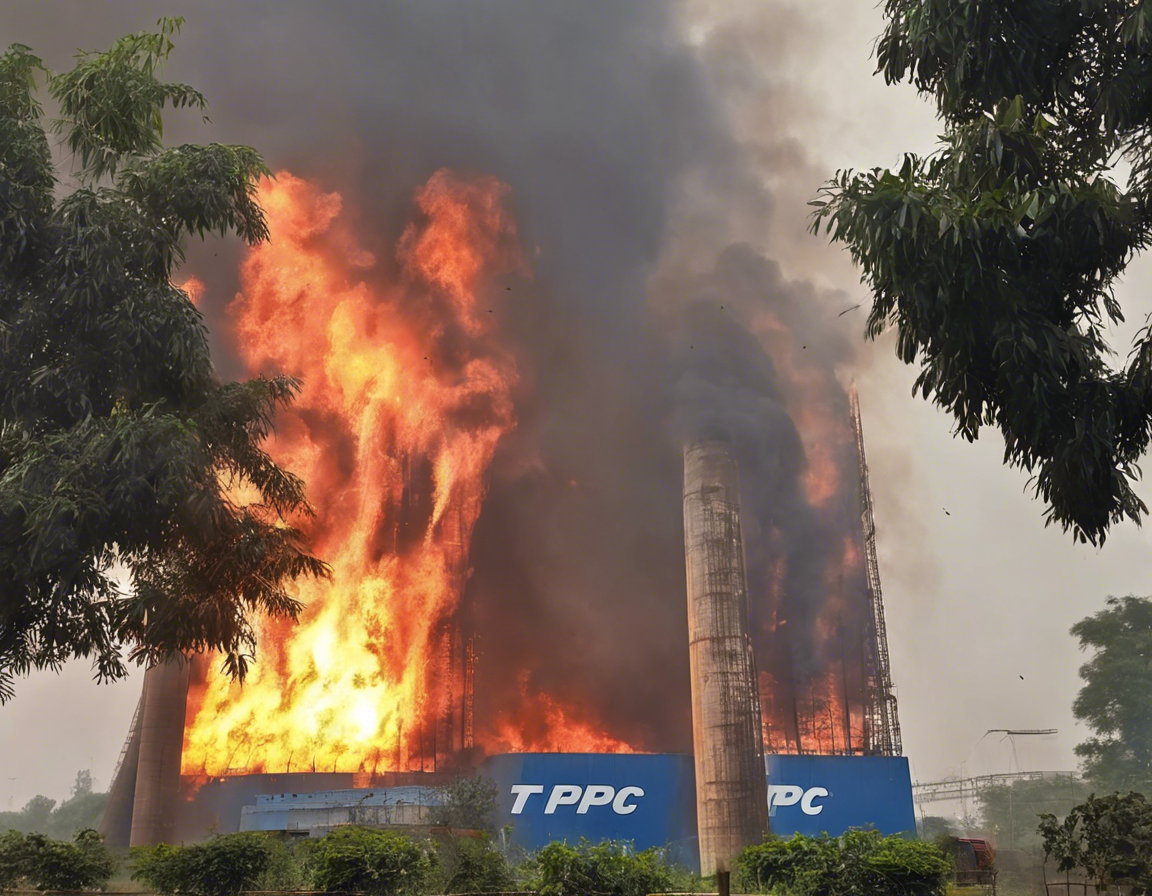
NTPC Kaniha Fire Incident: Safety Measures and Responses
The recent fire incident at NTPC’s Kaniha plant in Odisha, India, has brought attention to the critical need for stringent safety measures in all industries, especially in power plants. The incident, which occurred on Date X, resulted in significant damage to the property, infrastructure, and machinery. However, the most crucial aspect of this incident is the loss of lives and injuries sustained by the plant workers.
Understanding the Incident
The fire at NTPC’s Kaniha plant reportedly started in the turbine building of the plant due to a short circuit. The rapid spread of the fire was exacerbated by flammable materials and inadequate fire suppression systems. The emergency response teams were quick to react, but the intensity of the fire made it challenging to contain swiftly. As a result, the damage was extensive, leading to disruptions in the plant’s operations and concerns about environmental impact.
Importance of Safety Measures
Safety measures in industrial settings are non-negotiable. They are not only crucial for protecting the lives of workers but also for safeguarding the environment, property, and the business itself. Adequate safety protocols, regular inspections, employee training, and robust emergency response plans are fundamental pillars of a safe working environment.
Key Safety Measures in Power Plants
-
Regular Maintenance: Scheduled maintenance of electrical systems, machinery, and equipment can help identify and rectify potential hazards before they escalate.
-
Fire Suppression Systems: Installing state-of-the-art fire suppression systems, such as sprinklers, alarms, and extinguishers, can help contain fires in their early stages.
-
Employee Training: Conducting regular safety drills and training sessions to educate employees on emergency procedures and the proper use of firefighting equipment is vital.
-
Electrical Safety: Ensuring compliance with electrical safety standards, proper wiring practices, and regular inspections of electrical systems can prevent electrical fires.
Responding to Industrial Fires
In the event of an industrial fire, a swift and coordinated response is crucial to minimizing damage and ensuring the safety of personnel. The following steps should be followed:
-
Activate Alarm Systems: Immediately activate fire alarm systems to alert all employees and initiate the emergency response protocol.
-
Evacuation: Begin the orderly evacuation of all personnel following pre-established evacuation routes to ensure everyone safely exits the premises.
-
Fire Containment: If feasible, attempt to contain the fire using available firefighting equipment while prioritizing the safety of personnel.
-
Call Emergency Services: Contact the local fire department and provide them with detailed information about the fire, including its location and any hazardous materials present.
FAQs
Q1: What caused the fire at NTPC’s Kaniha plant?
A1: The fire at NTPC’s Kaniha plant was caused by a short circuit in the turbine building.
Q2: How can industrial fires be prevented?
A2: Industrial fires can be prevented by implementing strict safety measures, conducting regular maintenance, and employee training.
Q3: What are the immediate steps to take during an industrial fire?
A3: Activate alarm systems, evacuate personnel, attempt fire containment, and call emergency services immediately.
Q4: How important is employee training in fire safety?
A4: Employee training in fire safety is crucial as it ensures that personnel know how to respond effectively during emergencies.
Q5: What role do fire suppression systems play in industrial safety?
A5: Fire suppression systems are critical in containing fires in their early stages and preventing them from spreading uncontrollably.
In conclusion, the fire incident at NTPC’s Kaniha plant serves as a stark reminder of the importance of stringent safety measures in industrial settings. Proper safety protocols, regular maintenance, employee training, and swift emergency responses are essential for preventing such incidents and protecting lives and property. Industries must prioritize safety to ensure a secure working environment for all.


